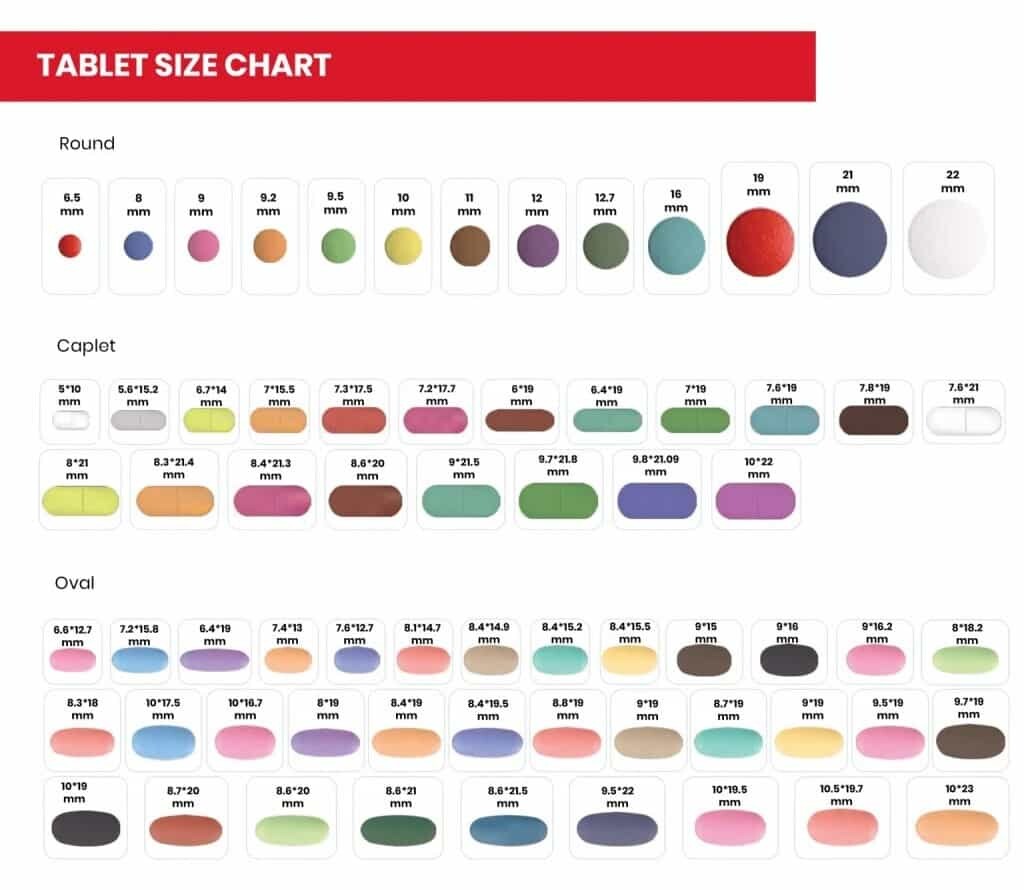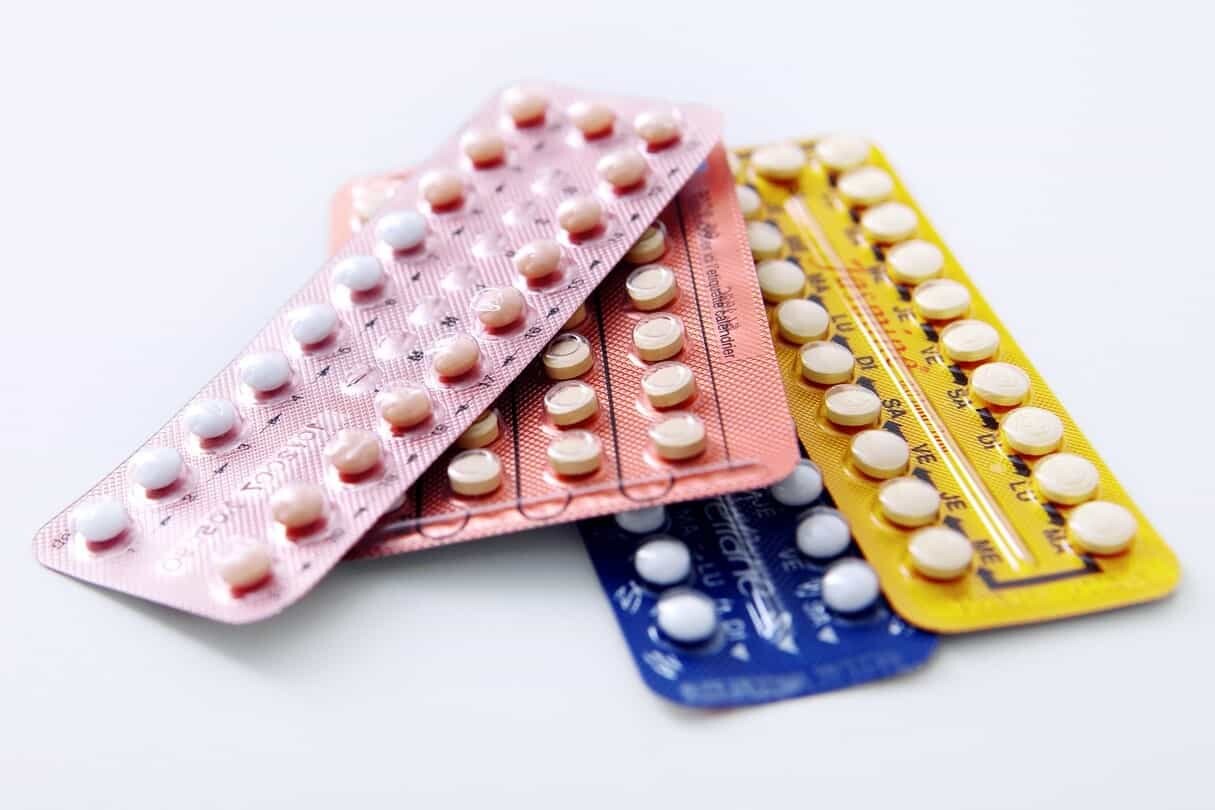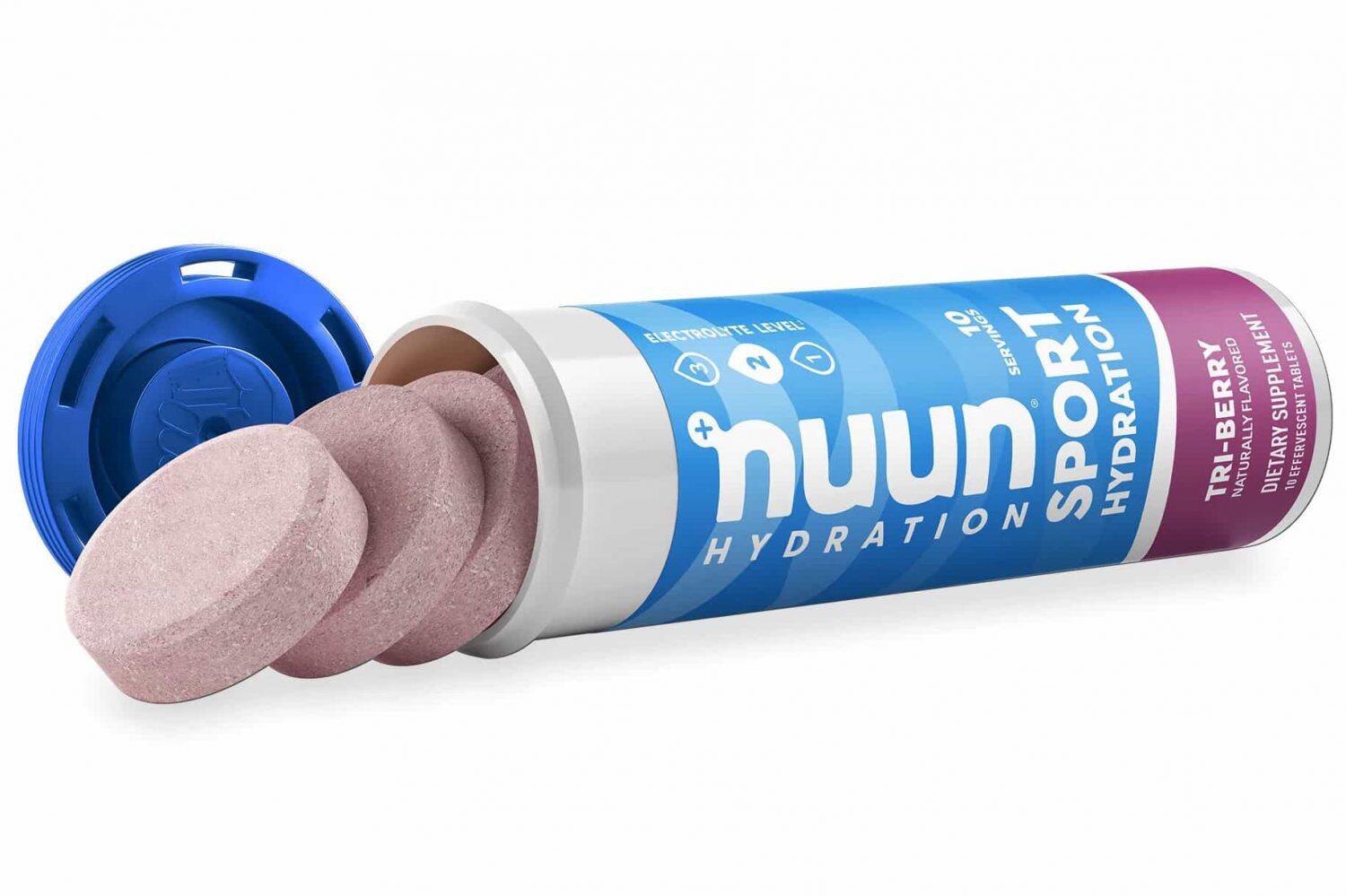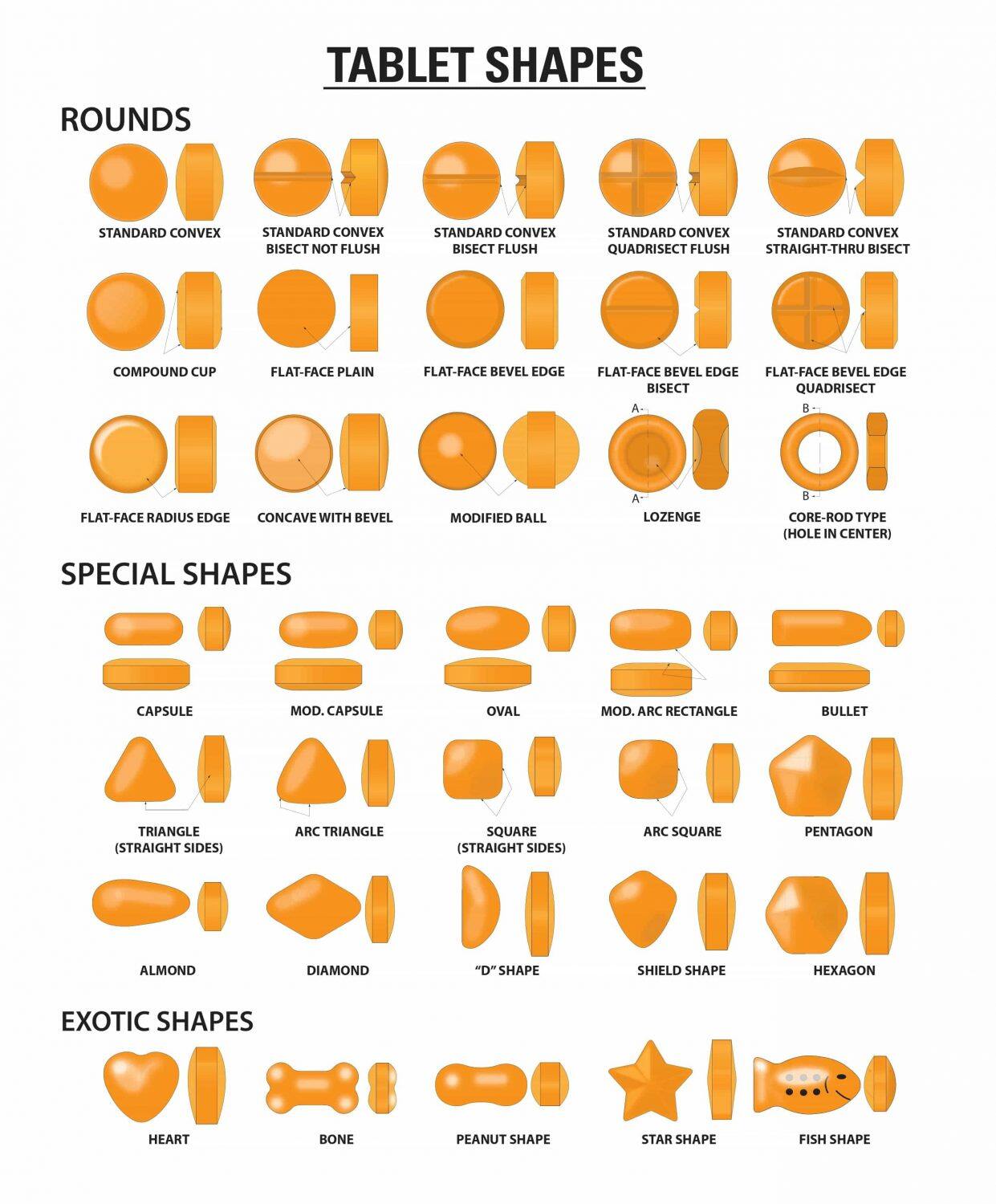Imagine that you have a fever and still have to swallow a large, oddly shaped pill. This can definitely be a nightmare. But have you ever wondered why there are different medicine shapes and sizes? Tablet design is important. It can make a tablet easier to take. In the meantime, different sizes and shapes of pills will affect how your body absorbs the formulation. Want to know more about different types of tablet shapes and sizes? Keep reading!

Why Do Tablet Size and Shape Matter?
The design of a tablet is not just to make it look different. Its important role can be discussed from the following perspectives.
Dosage and Administration
- Tablet shape and size depend on the dosage of your drugs or supplements.
- Larger tablets may be harder to swallow, especially for certain populations.
- The shape of pills can influence the ability to divide for accurate dosing.
Drug Release and Bioavailability
- The size and shape of pills affect the surface area-to-volume ratio.
- Smaller tablets dissolve faster and release formulations more quickly.
- Tablet shape affects disintegration and erosion patterns, impacting bioavailability.
Manufacturing and Packaging
- Different tablet sizes and shapes affect the manufacturing process.
- Dimensions influence packaging design for product stability and transport.
Consumer Preference and Acceptability
- Consumers have preferences for tablet shapes and sizes.
- Appearance and ease of handling impact consumer acceptance.
Differentiation and Branding
- Unique sizes and shapes of pills differentiate products in the market.
- It helps consumers and healthcare providers identify different drugs or supplements.
What Are the Different Sizes of Tablets?
Are you taking supplements daily? Have you ever noticed that the same type of supplement is available in different sizes? Now, let's take a look at the common tablet sizes on the market.

(Image Source: Supplement Factory)
Based on the size of tablets, tablets can be classified into three main types.
Mini-tablets
These are like the baby bears of tablets—small and easy to swallow, usually less than 3mm in diameter. They're great for kids, seniors, or anyone who struggles with bigger pills. Mini-tablets can also be used when you need to take multiple medications at once.

Conventionally Sized Tablets
These are your everyday tablets. They are typically larger than 5mm in diameter. They're what most people picture when they think of tablets. You pop them in your mouth and swallow them with water. The talets come in all shapes and sizes, depending on the dose and formulation.

Large Tablets
These tablets usually range from 8mm to 22mm in diameter. They're used for drugs or supplements that require a higher dose at a time. However, they can be a bit challenging for some people to swallow. So, many large tablets are made into chewable tablets or effervescent tablets.

What Are the Common Shapes of Tablets?
There are many different shapes of pills available. The most common tablet shapes are round, oval, and capsule-shaped. The choice of tablet shapes often depends on the ease of swallowing, drug formulation, branding, and other requirements. Here's a diagram of the common tablet shapes that can be found on the market.

(Image Source: Natoli Engineering)
In the above diagram, two types of pill shapes are now popular in the pharmaceutical industry. They are flat-faced bevel edge (FFBE) and flat-faced radius edge (FFRE). We have created a comparison table to show you the differences between these two types of pill shapes.
| Aspect | FFBE | FFRE |
| Appearance | Simple, with a beveled edge. | Softer appearance, with smoother edges. |
| Consumer Perception | May appear easier to swallow. | Offers a pleasant mouth feel. |
| Ease of Swallowing | May be considered as easier to swallow. | Offers a more comfortable mouth feel. |
| Tablet Strength | Stronger edges, less prone to chipping. | Greater breaking strength. |
| Manufacturing Costs | Simple to manufacture, lower tooling costs. | Allows for higher compression forces, reducing the need for formulation changes. |
| Tooling Complexity | Basic, with a bevel added to the edge. | Requires more intricate tooling. |
| Edge Erosion | Prone to chipping and excessive friability. | Less prone to edge erosion. |
| Consumer Preference | Traditional, widely used in the industry. | Increasingly preferred for its benefits. |
What Determines the Tablet Size and Shape?
According to the FDA guidelines, the recommended size of tablets that can be swallowed whole should be less than 22 mm. This means if the size of tablets is larger than the threshold size, you will find it hard to ingest. In addition to swallowability, there are multiple factors to consider when choosing or producing tablets.
Dosage
The size of a tablet is closely linked to the amount of the active ingredient it contains. Higher doses typically mean larger tablets to accommodate the necessary quantity of the active ingredient. This is why you might notice different sizes of the same medication if the dosage is different.
Formulation
A tablet contains active ingredients and excipients. The latter also affects the size and shape of a tablet. These ingredients, like binders and fillers, can have different densities. Tablets with more dense excipients might be smaller compared to those with less dense ones, even if they contain the same amount of active ingredient.
Ease of Swallowing
Generally, round, oval, and capsule-shaped tablets are easier for most people to swallow. This consideration is especially important for people who might have trouble swallowing.
Tablet Tooling
The tooling determines tablet size and shape. It includes a punch and a die. These two components of pill pressing machine can often be customized. So, if you want to manufacture tablets, you should consider this factor when designing your tablets.
Consumer Preference
Some companies take into account what consumers prefer when deciding on the tablets sizes and shapes. For example, when you need to coax your child to take medicines or supplements, an exotic-shaped tablet, like stars or fish, can be more attractive to them than conventionally shaped pills.
Packaging Requirements
Tablets need to fit well in their packaging, like blister packs or bottles. If a tablet is too big or has an unusual shape, it can cause storage problems and even higher costs.
Conclusions About Sizes and Shapes of Pills
There's actually a lot that goes into deciding tablet size and shape. It's not just random - the pharmaceutical companies have to consider a bunch of things, like making sure they are easy to swallow, deliver optimal performance, and fit the packaging. It's a careful but important process to ensure consumers get their meds or supplements in the most convenient and effective way possible.